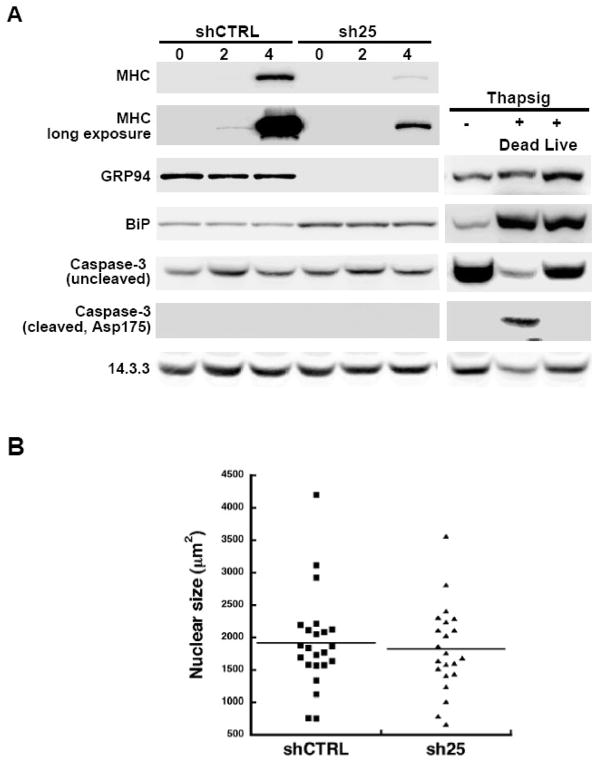Figure 6. GRP94 depletion affects differentiation but does not increase apoptosis.
A. 10T1/2 MD:ER cells expressing either sh25 or shCTRL were grown in the presence of 15% FCS and allowed to differentiate by provision of β estradiol. The cells were harvested at the indicated times and 40 μg of total protein each were resolved by SDS-PAGE and analysed by western blotting with the indicated antibodies. To control for detection of cleaved caspase 3 the cells were treated with 1μM thapsigargin for 24 hrs, a dose known to induce ER stress and cause apoptosis. Dying cells that detached from the plates and expressed active caspase 3 were easily detected in the thapsigargin-treated cultures, but were not detectable in the other conditions, including the sh25-expressing cells. Note that the induction of BiP in GRP94-depleted cells is sub-maximal in comparison to the induction following thapsigargin treatment.
B. C2C12 cells expressing either shRNA25 or shRNACTRL were allowed to differentiate as described in Fig. 2 and stained with DAPI. Nuclear size was determined by quantifying their circumference using the analysis module of SlideBook, and the distribution of xxx nuclei in each sample was plotted. Bar, the mean nuclear

